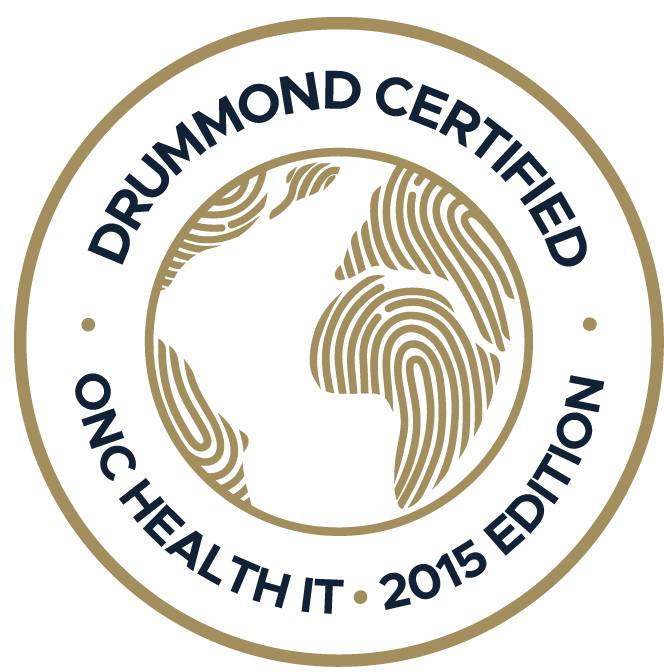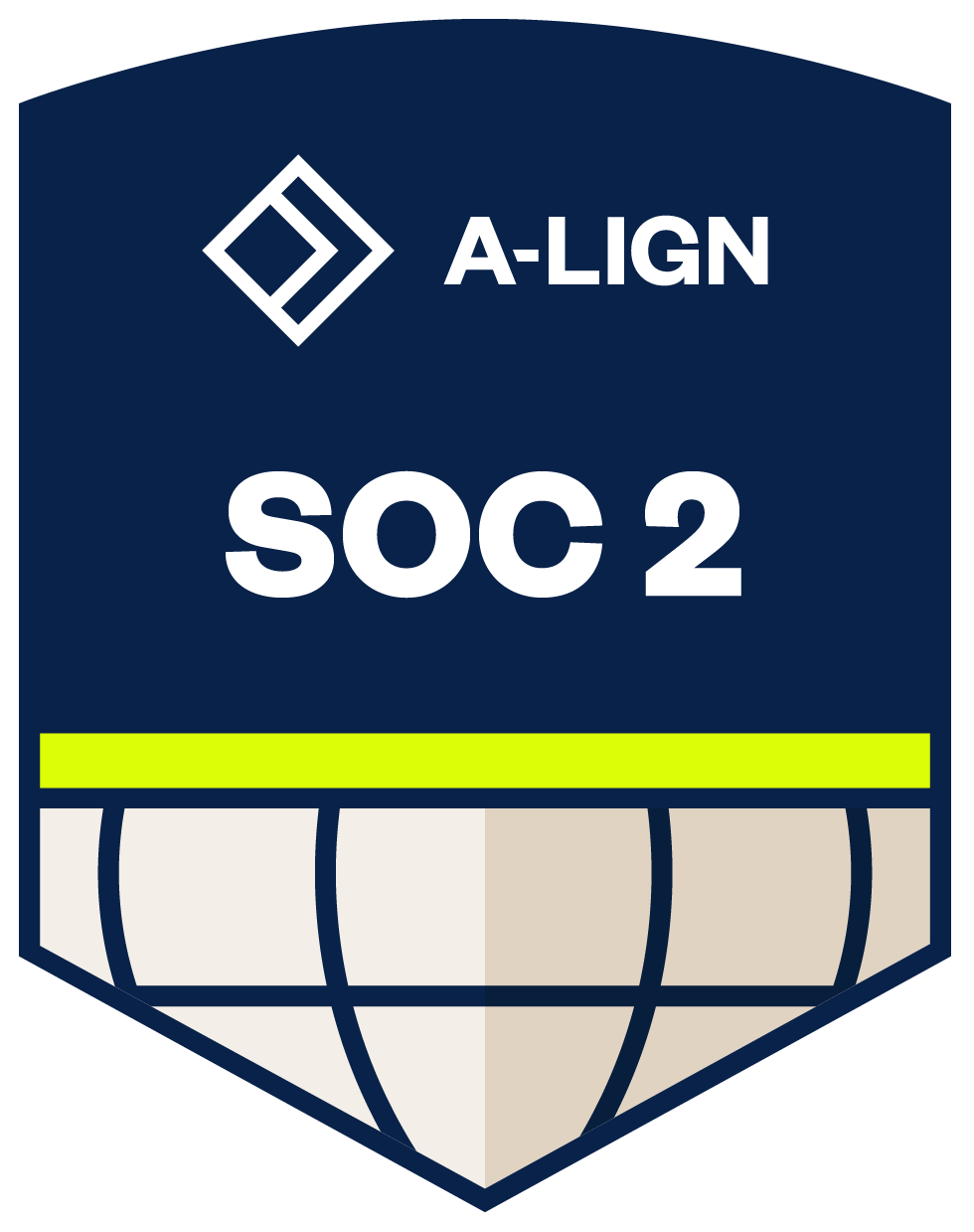Running a small medical practice often means doing a dozen tasks at once, like managing patient care, handling administrative paperwork, and keeping up with billing and compliance. The constant pressure can lead to...
.png?width=1920&name=Untitled%20design%20(11).png)
There's a lot of work that goes into running a medical practice. From scheduling to phone calls to seeing patients, there's most likely not a lot of downtime. For medical practices to operate smoothly, it truly takes a team effort and the right technology.
There are many ways to streamline operations and improve productivity by using automation. And it doesn't have to be costly or complicated. With the help of an electronic health record (EHR) practices can automate some of the daily processes that slow them down.
Here are four ways practices are automating their practice with Practice EHR:
- Appointment Reminders - Appointment reminders eliminate the inefficiencies that come with calling every patient to remind them about their appointment. Most likely, you don’t get them on the first ring anyway and are leaving a voicemail. With appointment reminders, you can improve this whole process and remind patients about their appointment with an automated, customized message.
- Eligibility Checks - Automated eligibility verification improves productivity for your front desk staff while saving your practice time and money. Automated eligibility allows you to verify patient coverage more efficiently, without having to call to verify by phone. Instead, the system will automatically pull a patient’s insurance status 24 hours before a scheduled appointment, freeing up your phone lines and your staff.
- Electronic Medical Record (EMR) - EMRs can help automate patient information and medical history recording. EMR can save time and reduce errors associated with manual record keeping. EMRs can also help improve patient care by providing healthcare providers with real-time access to patient information.
- Patient Portals - Patient portals are great for your patients and great for your practice, and they are gaining popularity. Patient portals improve productivity for the entire team by automating tasks like scheduling, check in paperwork and sharing of health records and patient results. This gives your staff the ability to make better use of their time and dedicate resources to other activities that need more attention. Portals give patients more ownership and at the same time reduce the workload of the practice by eliminating a lot of unnecessary phone calls and time spent on activities that can ultimately be handled more efficiently through the portal.
- Claim Scrubbing - is a valuable tool for both physicians and billers. Utilizing an integrated clearinghouse is beneficial as it automatically checks codes for errors and warnings before submitting them for billing. This results in more accurate coding, increased confidence in the coding process, and less time spent on the phone with billers. Additionally, claim scrubbing helps to reduce denials and ensures that payments are processed quickly. Claim scrubbing is a win-win for healthcare practices, improving efficiency and profitability while providing high-quality patient care.
- Reporting & Analytics - Practice software often includes reporting and analytics features that can provide valuable insights into your practice's performance. With this software, you can generate reports on metrics such as patient satisfaction, revenue, and appointment volumes. This information can help you make data-driven decisions to optimize your practice's operations, such as identifying areas where you may need to allocate more resources or adjust your services.
- Integration with Other Systems - Practice software can be integrated with other systems, such as accounting software or patient portals, to streamline your workflow and improve efficiency. For example, integration with accounting software can help you manage billing and payment processing. In contrast, integration with a patient portal can allow your patients to access their health records and communicate with your practice online. This can help reduce administrative tasks for your staff and provide a better patient experience.
Running a medical practice can be hectic, with each team member juggling their daily responsibilities. But why should you sacrifice more time, productivity, and profitability than necessary? Luckily, there's a solution! An electronic health record (EHR) system can provide automation, making your work easier and more efficient. Imagine how much more you could accomplish if you had the right tools at your fingertips! So why wait? Schedule a demo of Practice EHR today and let us show you how we can help streamline your practice and make your life easier!
Topics: Integrated EHR, Healthcare Office Management, Small Practice, EHR Solution, digital age, Cloud-based EHR, Practice Automation
RECENT POSTS



TOPICS
- EHR Solution (189)
- EHR (122)
- digital age (115)
- Patient Care (114)
- Medical Billing (108)
- Specialty-Specific EHR (108)
- Industry Update (95)
- Technology in Healthcare (83)
- EHR Features (78)
- Small Practice (75)
- Medical billing services (70)
- Integrated EHR (61)
- RCM (61)
- HIPAA Security (59)
- New Technology (44)
- Cloud-based EHR (43)
- Telemedicine (41)
- Healthcare Office Management (40)
- Practice EHR News (38)
- Kiosk (31)
- Revenue Cycle Management (28)
- AI Solutions (22)
- ePrescribing (21)
- AI Scribing (15)
- Best EHR Software (14)
- EMR (12)
- Practice Management Software (11)
- Client Favorites (10)
- Practice Automation (10)
- TeleVisit (10)
- The ONE (10)
- AI-powered Medical Billing (9)
- Switching to New EHR (9)
- MACRA/MIPS (8)
- Patient Portal (8)
- Urgent Care (8)
- AI EHR (7)
- AI Scribe (7)
- E-Prescribing (6)
- EHR Integration (6)
- Product Updates (6)
- Psychiatry EHR (6)
- events (6)
- AI scanning (5)
- MIPS (5)
- Best EHR Practice (4)
- HIPAA (4)
- Insider (4)
- Internal Medicine EHR (4)
- MIPS Reporting (4)
- Mobile EHR (4)
- Orthopedics EHR (4)
- Podiatry (4)
- Podiatry EHR (4)
- Telehealth Platform (4)
- Automated Health Tools (3)
- Chiropractic EHR (3)
- Digital Experiences (3)
- EHR Flaws (3)
- EHR for Chiropractors (3)
- Family Medicine EHR (3)
- Patient Check-in Kiosk (3)
- PracticeEHR GO App (3)
- Regulatory Updates (3)
- Telehealth Platforms (3)
- Clearinghouse (2)
- Dermatology EHR (2)
- EHR Implementation (2)
- EHR Scheduling (2)
- EHR for Small Practices (2)
- Eligibility Verification in Medical Billing (2)
- Foot and Ankle Care (2)
- Foot and Ankle EHR (2)
- Health records 101 (2)
- Integrated Practice Management (2)
- Medical Credentialing (2)
- Medical Practice Management Software (2)
- Quality of Patient Care (2)
- Reporting Under MIPS (2)
- Risk and Liability in Medical Settings (2)
- What Works Clearinghouse (2)
- AI Scan (1)
- Bariatric EHR (1)
- Behavioral Health Practices (1)
- Billing Communication (1)
- Billing for Private Practices (1)
- Cardiology EHR (1)
- Cash Flow (1)
- Cashless Payments (1)
- Charting (1)
- Data Security (1)
- Dos and Don'ts (1)
- EHR Guides (1)
- EHR KPIs (1)
- EHR Questions to Ask (1)
- EHR Transition (1)
- EHR for Chronic Illness (1)
- EMR vs EHR Difference (1)
- ENT EHR (1)
- Endocrinology EHR (1)
- Family Medicine (1)
- Gastroenterology (1)
- Gastroenterology EHR (1)
- General Surgery EHR (1)
- Geriatric AI scribe (1)
- Geriatrics EHR (1)
- Guides (1)
- Healthcare Compliance Certification (1)
- Healthcare Practice Office Management (1)
- Help Center Videos (1)
- Insurance Reimbursement (1)
- KPI (1)
- Key Performance Indicators (1)
- Lab Processing (1)
- MACRA (1)
- Medical Billing Partner (1)
- Medical Coding Services (1)
- Multilingual AI Scribe (1)
- Nephrology EHR (1)
- Neurology EHR (1)
- Pain Management EHR (1)
- Pediatrics EHR (1)
- Physical Therapy EHR (1)
- Practice Cash Flow (1)
- Practice Efficiency (1)
- Pulmonology EHR (1)
- Reconsider Your EHR (1)
- Simplify Practice Management (1)
- Staffing in Healthcare (1)
- Switch Medical Billing Providers (1)
- Urgent Care Medical Billing (1)
- Urology EHR (1)
- Voice-Activated AI Scribe (1)
- insurance claim denials (1)



.webp)

.webp)



